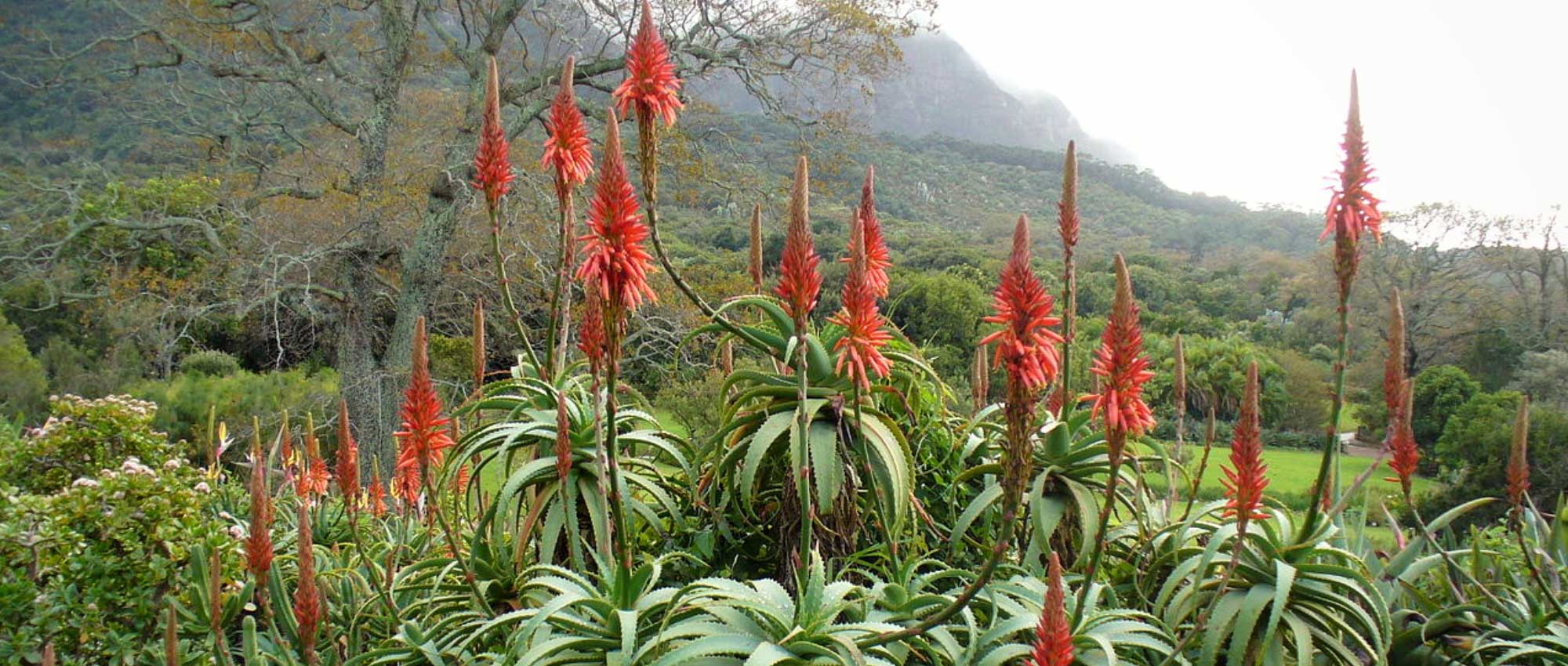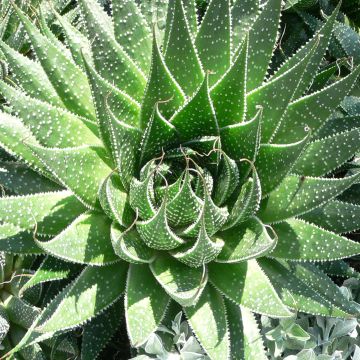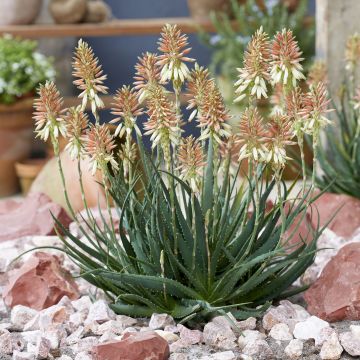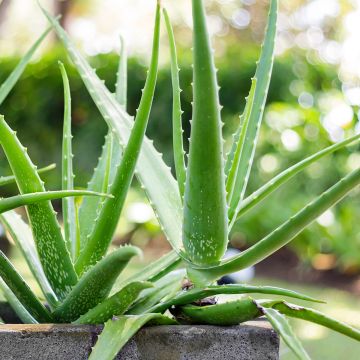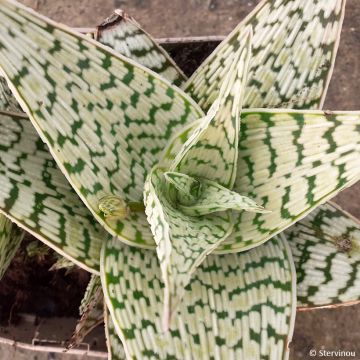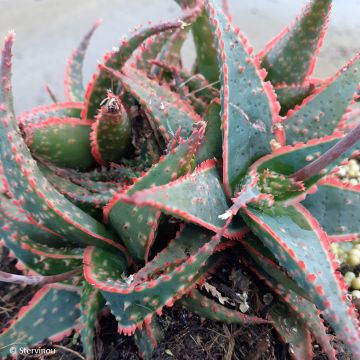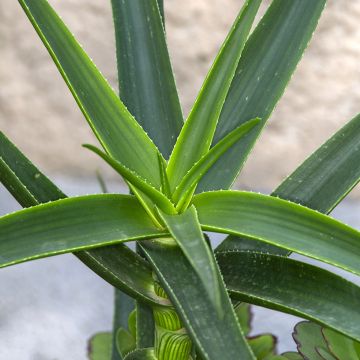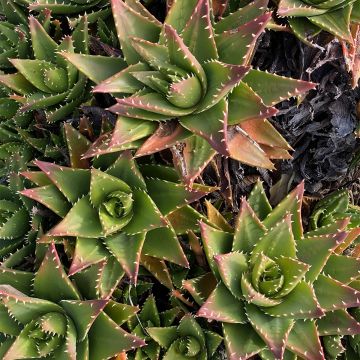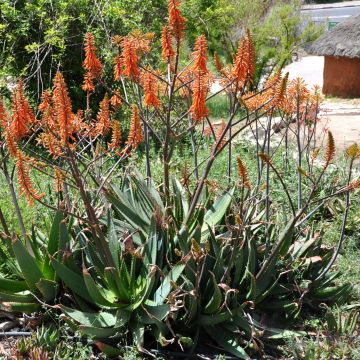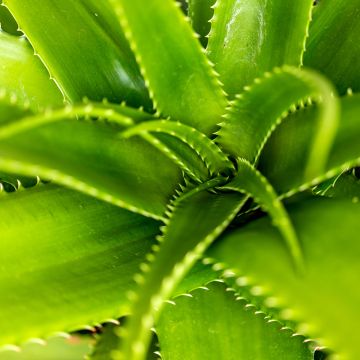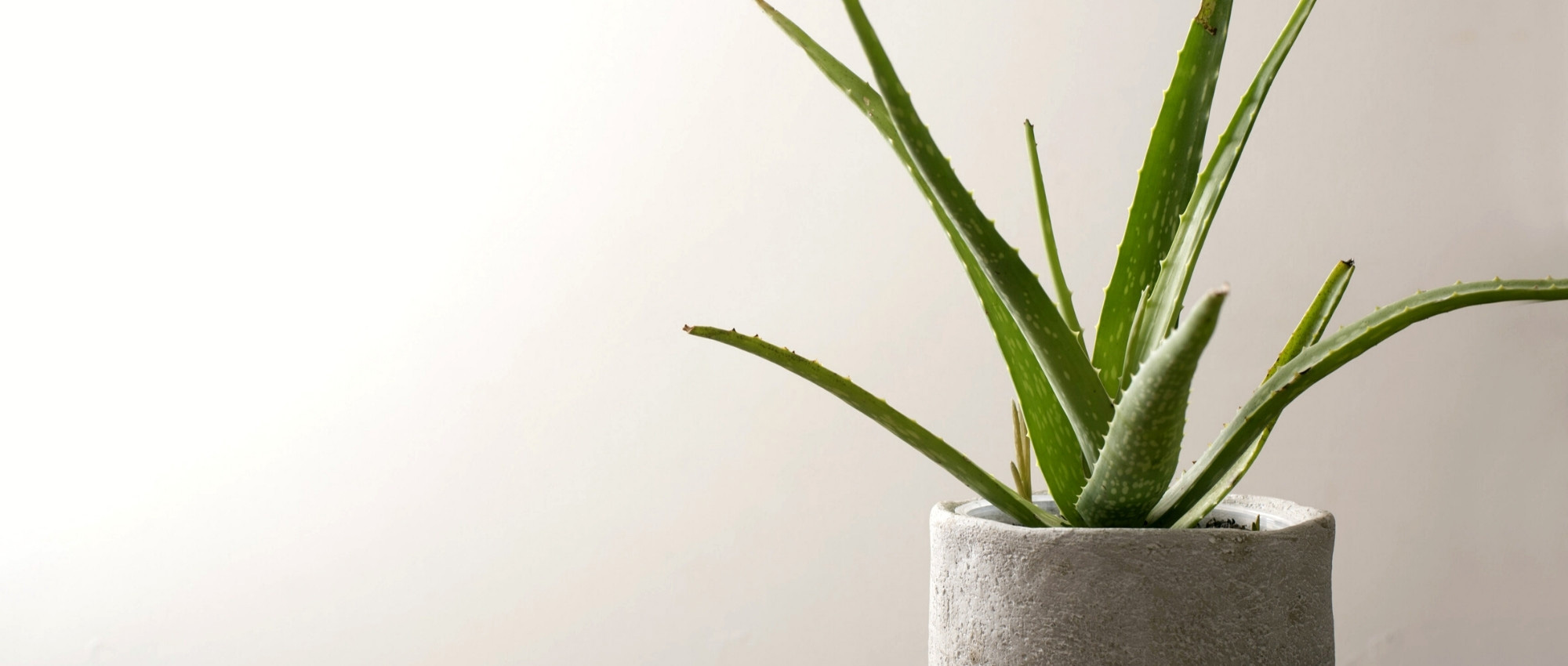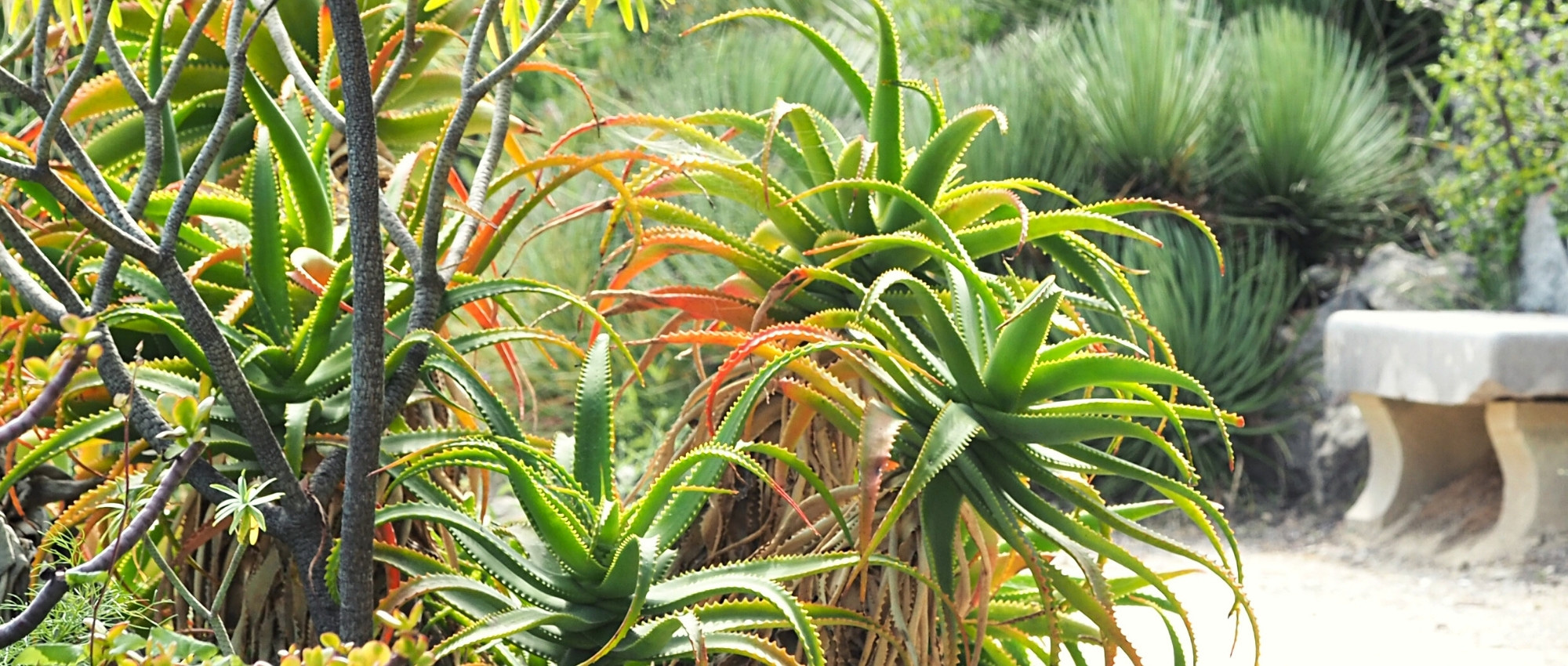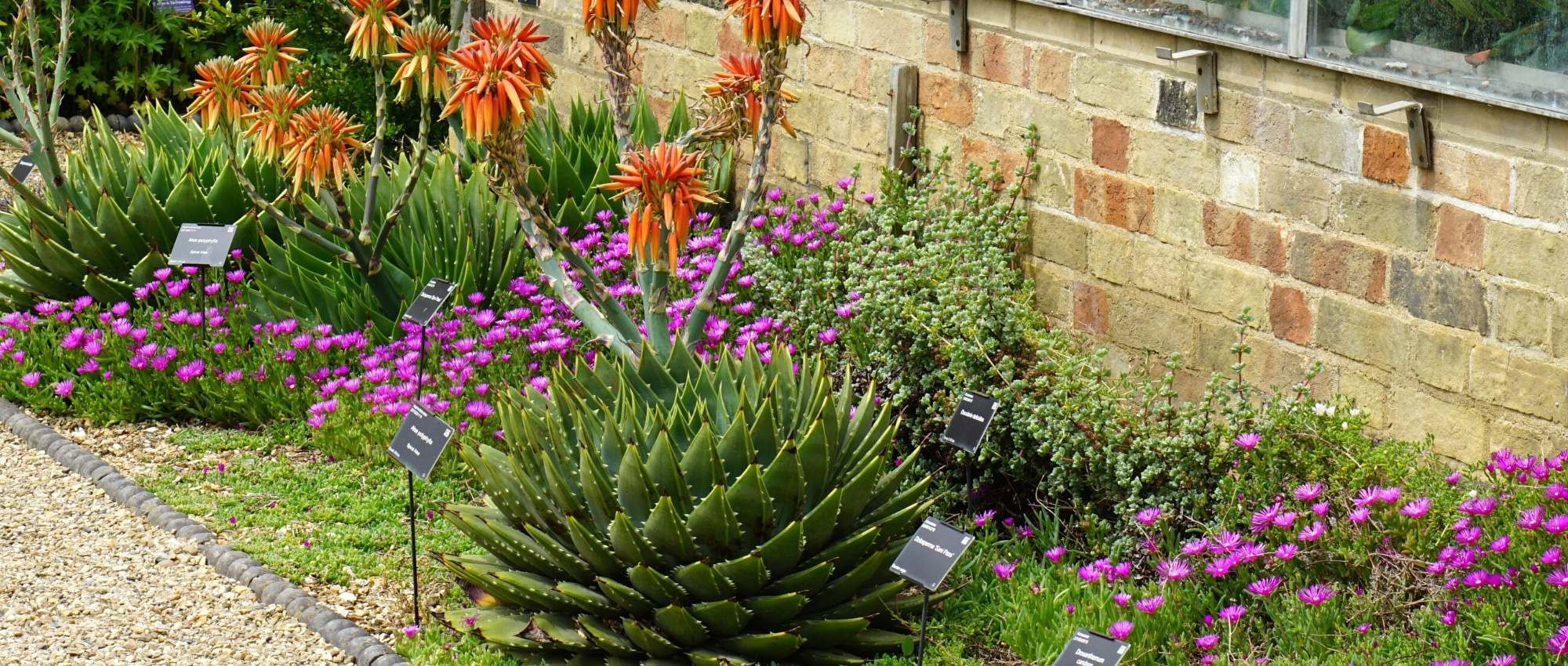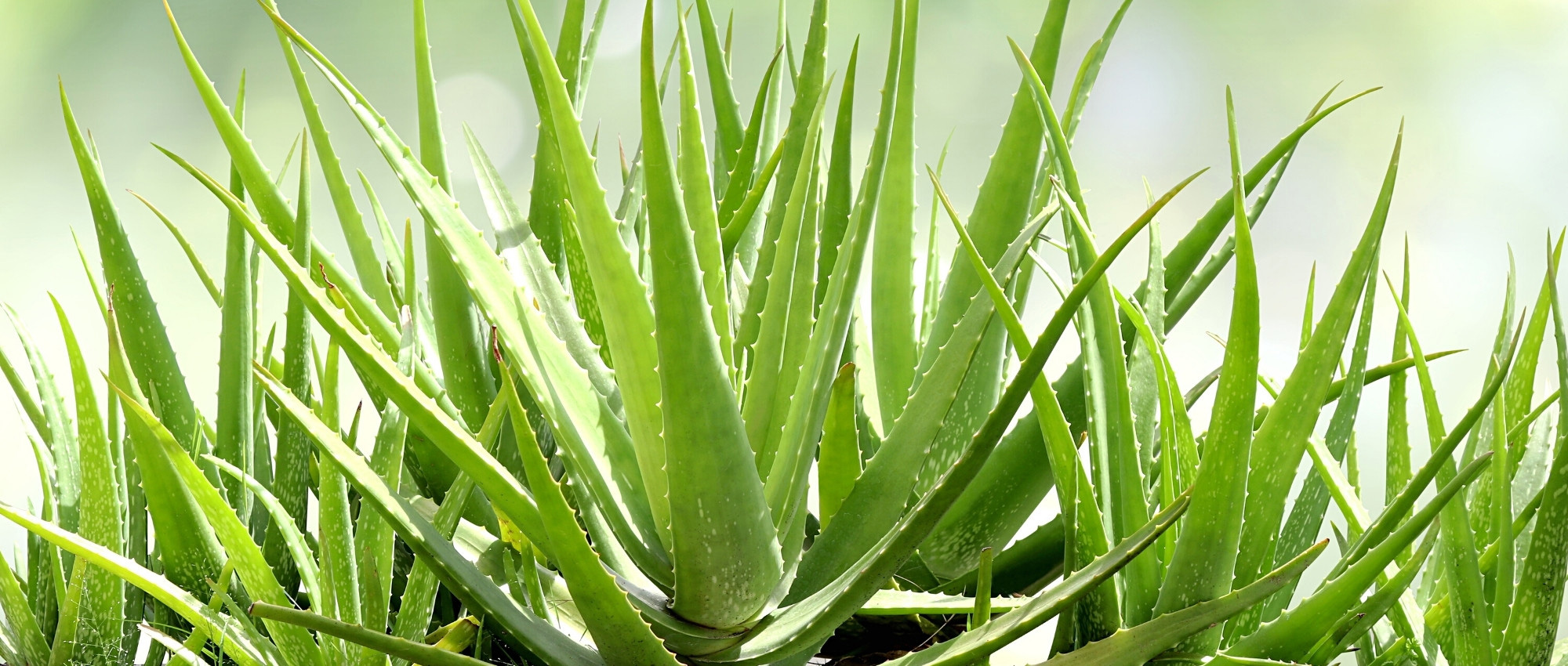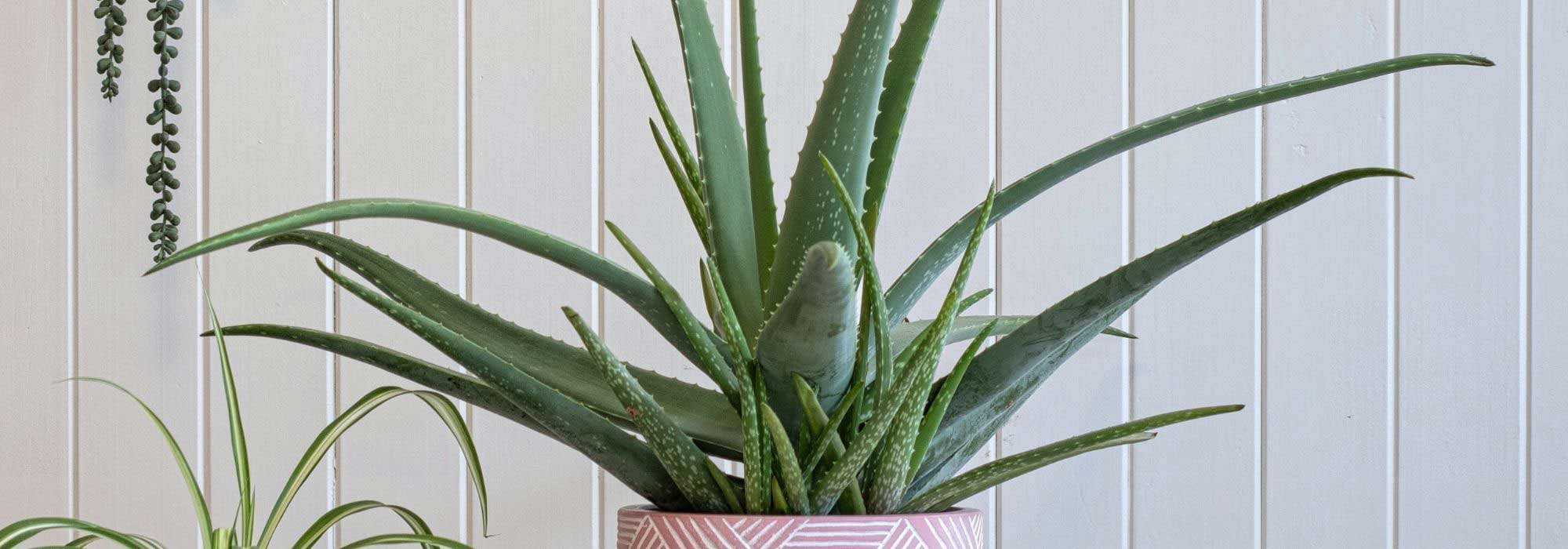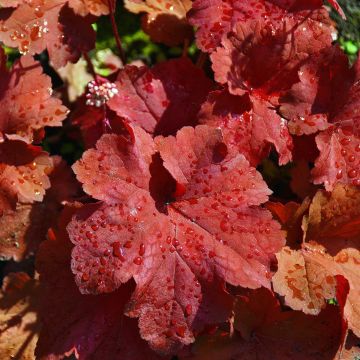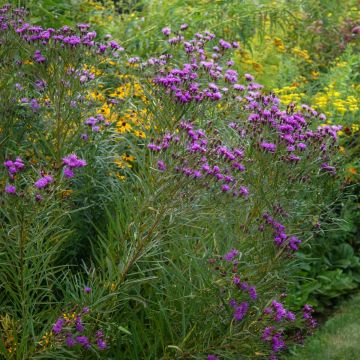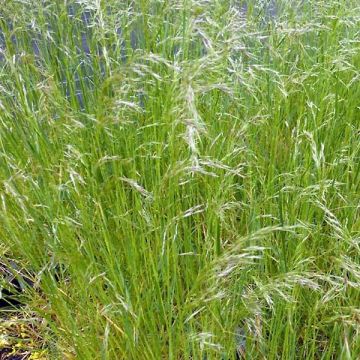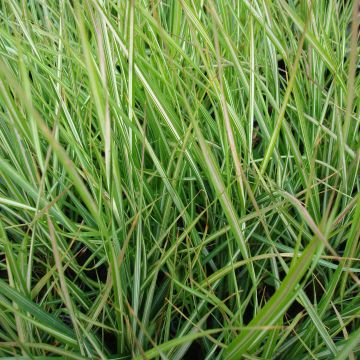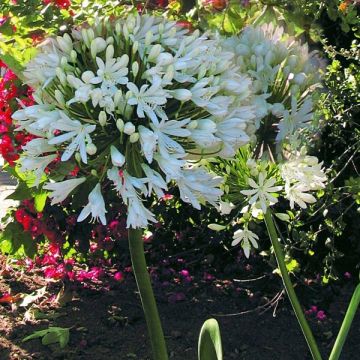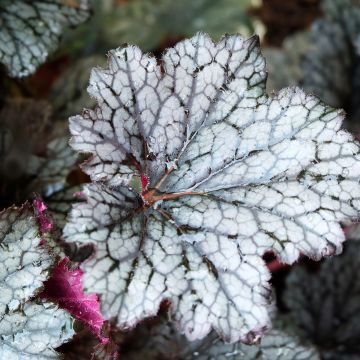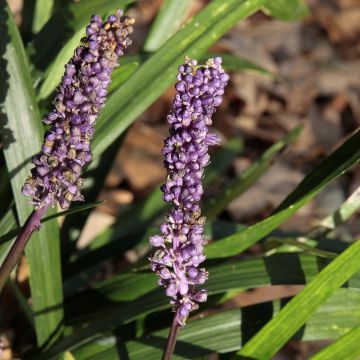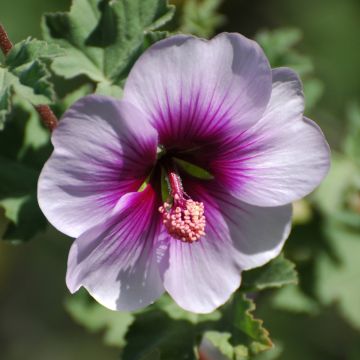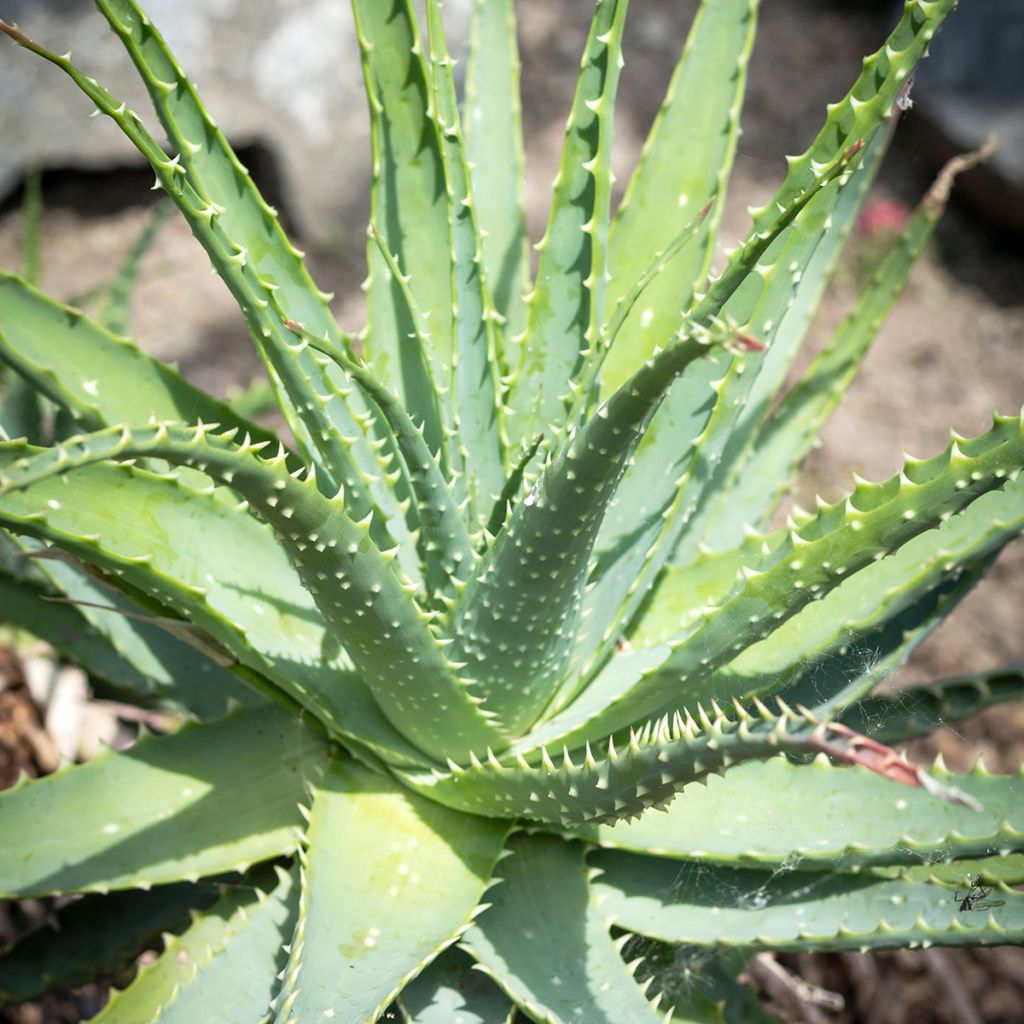

Aloe x spinosissima
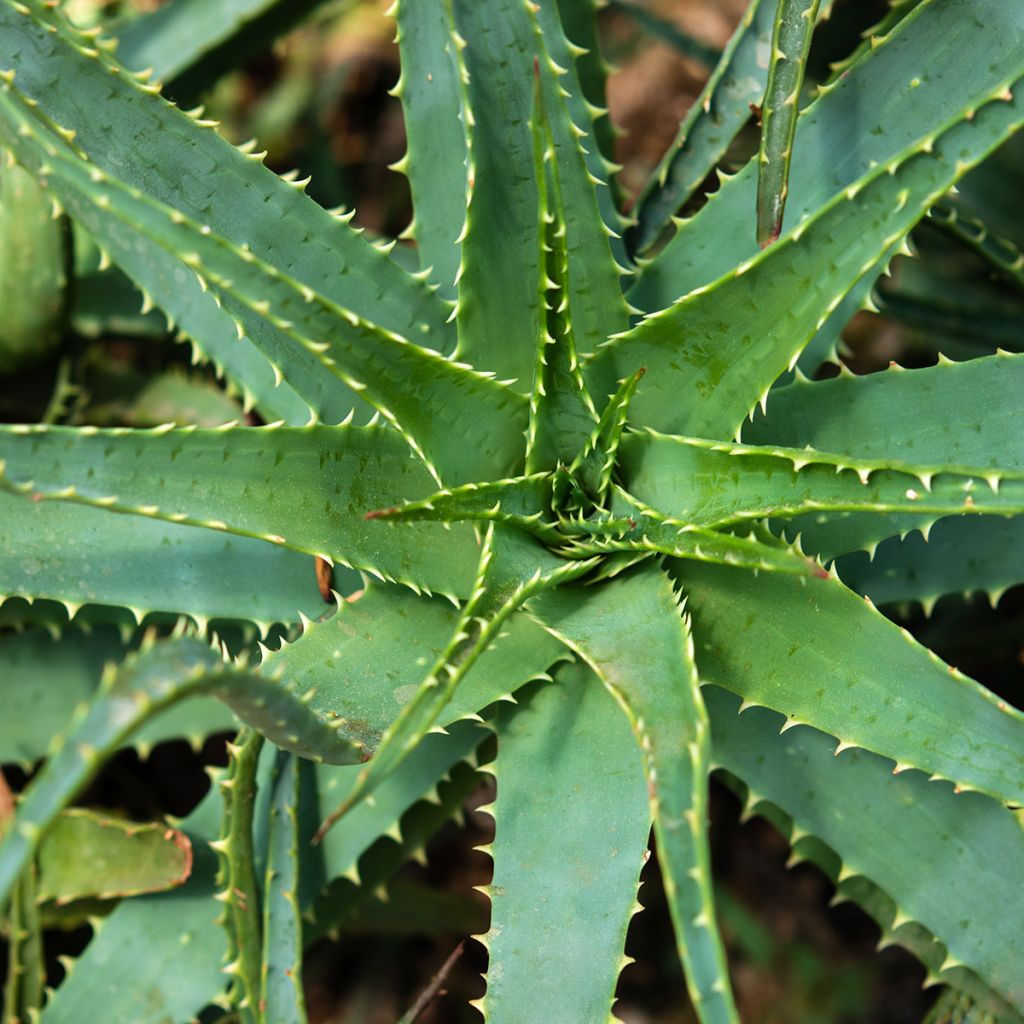

Aloe x spinosissima
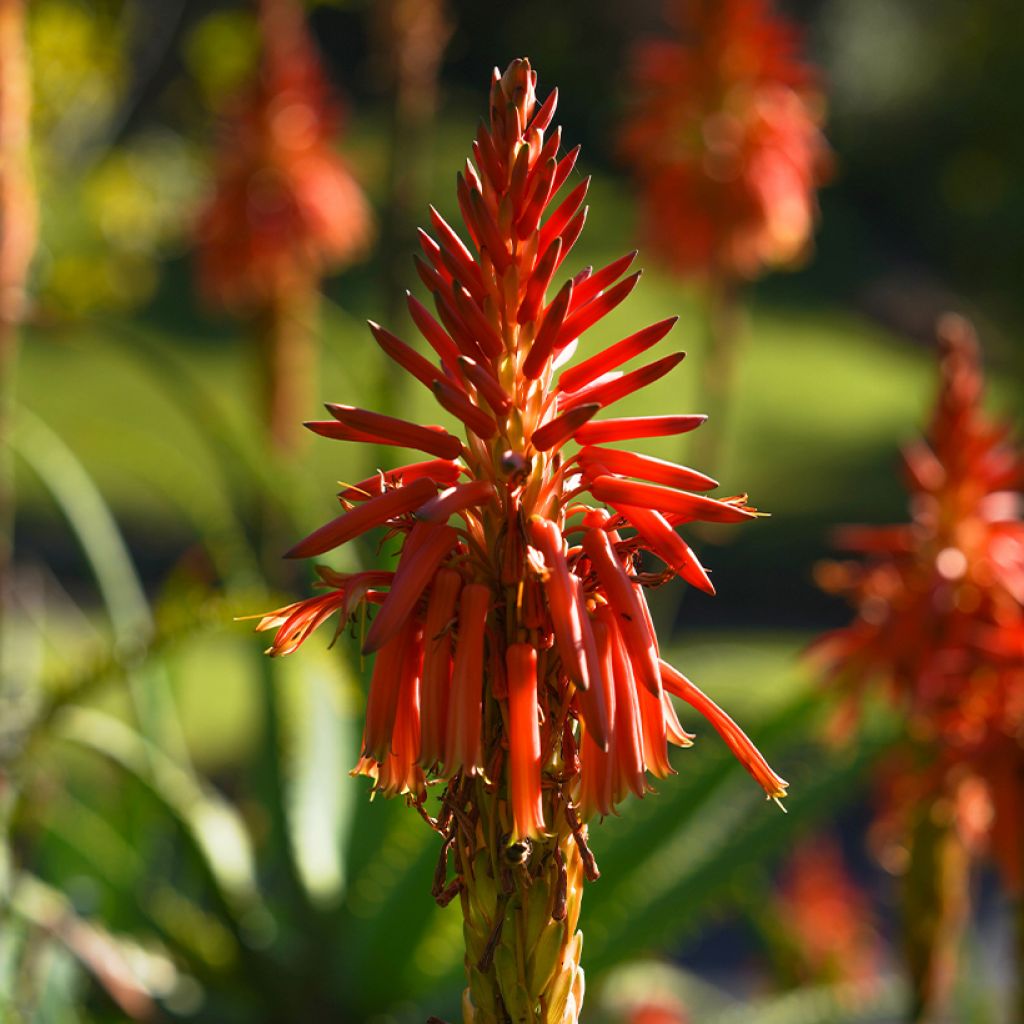

Aloe x spinosissima


Aloe x spinosissima
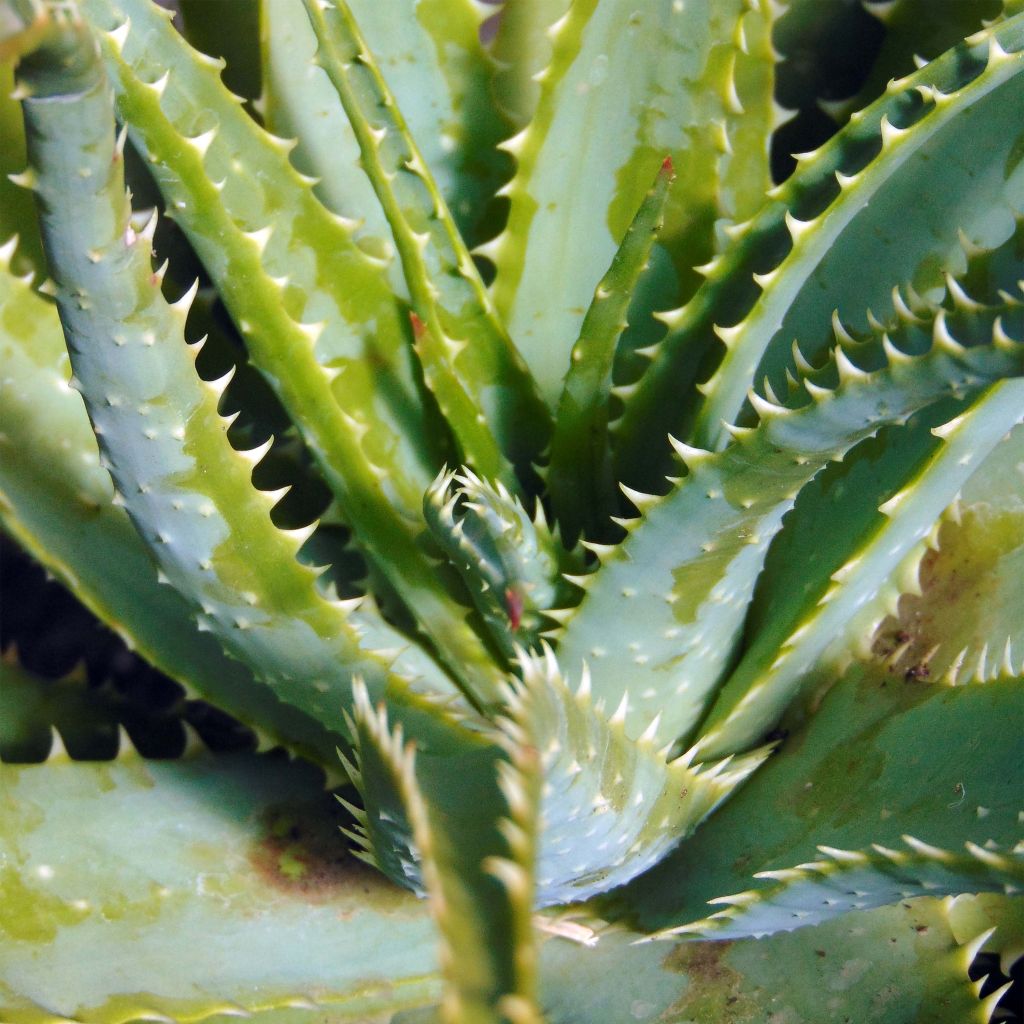

Aloe x spinosissima
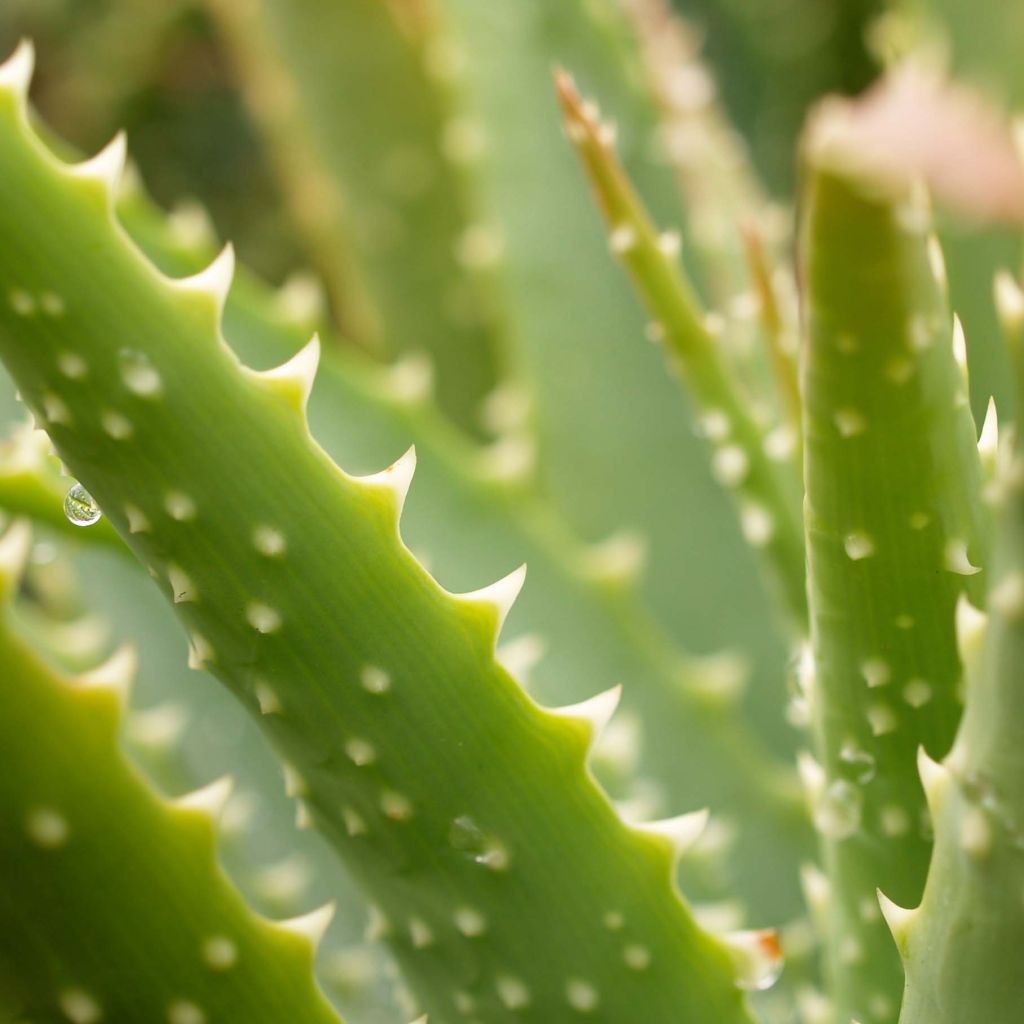

Aloe x spinosissima
Aloe x spinosissima
Aloe x spinosissima
Spiny aloe
Very beautiful. Well packaged. I am happy with my purchases.
Eduard , 16/11/2024
Special offer!
Receive a €20 voucher for any order over €90 (excluding delivery costs, credit notes, and plastic-free options)!
1- Add your favorite plants to your cart.
2- Once you have reached €90, confirm your order (you can even choose the delivery date!).
3- As soon as your order is shipped, you will receive an email containing your voucher code, valid for 3 months (90 days).
Your voucher is unique and can only be used once, for any order with a minimum value of €20, excluding delivery costs.
Can be combined with other current offers, non-divisible and non-refundable.
Home or relay delivery (depending on size and destination)
Schedule delivery date,
and select date in basket
This plant carries a 12 months recovery warranty
More information
We guarantee the quality of our plants for a full growing cycle, and will replace at our expense any plant that fails to recover under normal climatic and planting conditions.

Would this plant suit my garden?
Set up your Plantfit profile →
Description
Aloe x spinosissima, also known as the spiny aloe, is a compact, robust and floriferous aloe, resulting from the cross-breeding of the arborescent aloe and the perfectly miniature A. humilis. This medium-sized plant forms a beautiful cluster of spider-like rosettes with long, leafy, strongly dentate but non-prickly leaves. In late winter, it produces a beautiful flowering in bright coral-red spikes, a colour beautifully highlighted by the slightly glaucous green of the evergreen rosettes. This hybrid is easy to grow in a Mediterranean-style climate. It is magnificent in a large rockery or embedded in a dry-stone wall. Elsewhere, it can be grown in a large pot to adorn a patio in summer. It is also a very beautiful indoor plant that will thrive behind a sunny window.
Aloe x spinosissima is a plant from the Asphodelaceae family. It is of horticultural origin. It is a semi-shrubby, succulent, perennial plant with a compact and bushy habit. An adult plant will form a large cluster of rosettes almost as wide as it is tall, reaching an average height of 60cm (24in) and a spread of 50cm (20in). Its growth rate is quite slow in dry climates. Each rosette, not exceeding 40cm (16in) in width, is composed of long, fleshy leaves filled with gel at the base, flattened and tapering towards their tips. They are greenish-blue in colour, covered with small, flexible, whitish spur-like projections on both sides and along the edges. The lamina is covered with a bluish bloom. Each mature rosette produces an inflorescence from March onwards. The 40cm (16in) tall flower stalk rises above the foliage, carrying a single spike composed of numerous elongated, tubular flowers, which are initially upright and then trailing. Their colour is a soft coral-red that shines under the sun. They attract pollinating insects, which will be delighted to find a source of food in winter. The plant multiplies by producing offsets near its base, which are easy to separate to obtain a new plant.
Aloe x spinosissima can be easily grown in the ground in sloping, rocky, well-drained soil, or even in dry-stone walls that provide a vertical position conducive to soil drainage. In this use, it can be paired with Russeliana juncea, which bears red blooms in February. Its cold resistance depends largely on the dryness of the soil in winter. It can be grown in a fairly large pot to allow it to flourish comfortably, which should be protected from humidity and strong frosts in winter. It is hardy to about -7°C (19.4°F) in dry soil. It can be planted with small agaves. You can plant low-growing, undemanding ground covers such as evening primroses, osteospermums, felicia, and delosperma at its base, which will fill the space with their flowering and evergreen foliage, and hide the void left by a dead plant.
About Agaves and Aloes
Aloes and agaves look alike but belong to two different botanical families, the Asphodelaceae and the Asparagaceae. The main difference between them lies in the fact that the rosettes of aloes flower for many years, while the flowering of a mature agave rosette marks the end of its life. In certain species of aloes, interfoliar buds give rise to new plants that cover the dried remains of the mother plant. In agaves, the central flower stalk develops from the terminal bud. In aloes, the flower buds arise between the leaves. Agaves are native to North America, while aloes are found only in the southern half of Africa and in the nearby islands of the Indian Ocean.
Aloe x spinosissima in pictures




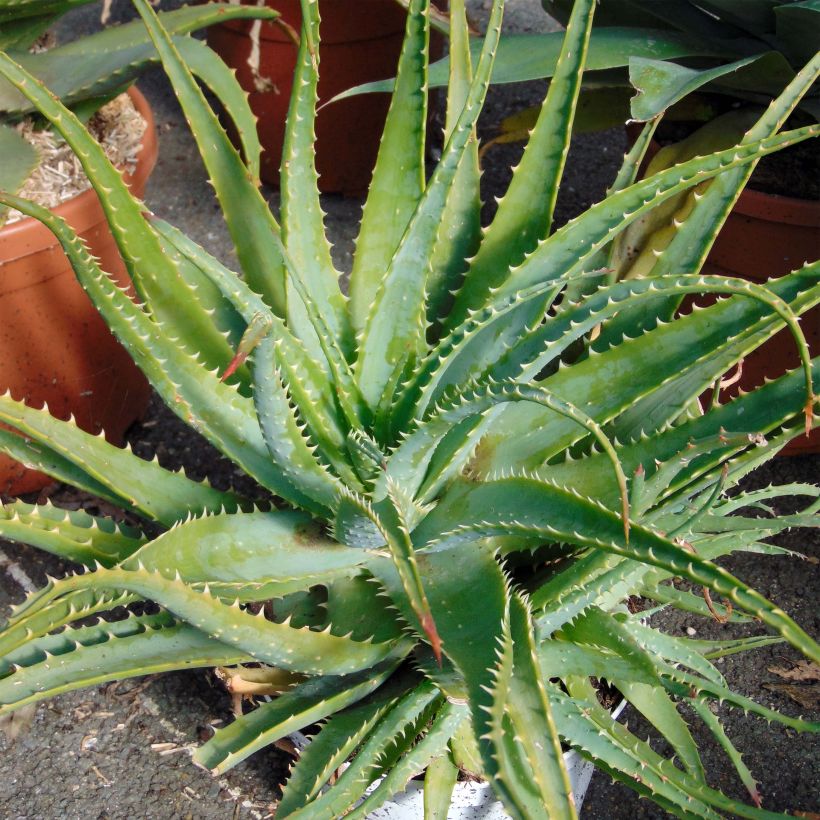

Flowering
Foliage
Plant habit
Botanical data
Aloe
x spinosissima
Aloeaceae
Spiny aloe
Cultivar or hybrid
Other Aloe
View all →Planting and care
Like all succulent plants, aloes thrive in full sun and very well-drained, poor and dry soil, which spares their roots from stagnant humidity. Aloe x spinosissima will thrive in mineral-rich soil that is neutral to alkaline, composed of a good portion of coarse sand or gravel mixed with garden soil and a little decomposed leaf compost. Light, non-clayey, filtering soil, low in organic matter is ideal. It tolerates long, hot, and dry summers well, but also thrives in mild oceanic regions, which are more watered. Its hardiness in winter depends a lot on the dryness of the soil. It can withstand temperatures down to -7°C (19.4°F) for short periods, perhaps more if it benefits from the protection of a winter fleece. When this aloe is grown in a pot, it can be stored in a very bright, cool or unheated heated room during winter. Avoid overwatering in a pot.
It can be grown in a wall. About 30 to 50cm (12 to 20in) from the top of the retaining wall (or terraced wall), create a niche in contact with the soil at the back. Plant your aloe at an angle, with the roots in contact with the soil. Then rebuild the wall. Do this in autumn in mild climates, as the rains ensure better recovery for the plant.
Planting period
Intended location
Care
Planting & care advice
-
, onOrder confirmed
Reply from on Promesse de fleurs
Similar products
Haven't found what you were looking for?
Hardiness is the lowest winter temperature a plant can endure without suffering serious damage or even dying. However, hardiness is affected by location (a sheltered area, such as a patio), protection (winter cover) and soil type (hardiness is improved by well-drained soil).

Photo Sharing Terms & Conditions
In order to encourage gardeners to interact and share their experiences, Promesse de fleurs offers various media enabling content to be uploaded onto its Site - in particular via the ‘Photo sharing’ module.
The User agrees to refrain from:
- Posting any content that is illegal, prejudicial, insulting, racist, inciteful to hatred, revisionist, contrary to public decency, that infringes on privacy or on the privacy rights of third parties, in particular the publicity rights of persons and goods, intellectual property rights, or the right to privacy.
- Submitting content on behalf of a third party;
- Impersonate the identity of a third party and/or publish any personal information about a third party;
In general, the User undertakes to refrain from any unethical behaviour.
All Content (in particular text, comments, files, images, photos, videos, creative works, etc.), which may be subject to property or intellectual property rights, image or other private rights, shall remain the property of the User, subject to the limited rights granted by the terms of the licence granted by Promesse de fleurs as stated below. Users are at liberty to publish or not to publish such Content on the Site, notably via the ‘Photo Sharing’ facility, and accept that this Content shall be made public and freely accessible, notably on the Internet.
Users further acknowledge, undertake to have ,and guarantee that they hold all necessary rights and permissions to publish such material on the Site, in particular with regard to the legislation in force pertaining to any privacy, property, intellectual property, image, or contractual rights, or rights of any other nature. By publishing such Content on the Site, Users acknowledge accepting full liability as publishers of the Content within the meaning of the law, and grant Promesse de fleurs, free of charge, an inclusive, worldwide licence for the said Content for the entire duration of its publication, including all reproduction, representation, up/downloading, displaying, performing, transmission, and storage rights.
Users also grant permission for their name to be linked to the Content and accept that this link may not always be made available.
By engaging in posting material, Users consent to their Content becoming automatically accessible on the Internet, in particular on other sites and/or blogs and/or web pages of the Promesse de fleurs site, including in particular social pages and the Promesse de fleurs catalogue.
Users may secure the removal of entrusted content free of charge by issuing a simple request via our contact form.
The flowering period indicated on our website applies to countries and regions located in USDA zone 8 (France, the United Kingdom, Ireland, the Netherlands, etc.)
It will vary according to where you live:
- In zones 9 to 10 (Italy, Spain, Greece, etc.), flowering will occur about 2 to 4 weeks earlier.
- In zones 6 to 7 (Germany, Poland, Slovenia, and lower mountainous regions), flowering will be delayed by 2 to 3 weeks.
- In zone 5 (Central Europe, Scandinavia), blooming will be delayed by 3 to 5 weeks.
In temperate climates, pruning of spring-flowering shrubs (forsythia, spireas, etc.) should be done just after flowering.
Pruning of summer-flowering shrubs (Indian Lilac, Perovskia, etc.) can be done in winter or spring.
In cold regions as well as with frost-sensitive plants, avoid pruning too early when severe frosts may still occur.
The planting period indicated on our website applies to countries and regions located in USDA zone 8 (France, United Kingdom, Ireland, Netherlands).
It will vary according to where you live:
- In Mediterranean zones (Marseille, Madrid, Milan, etc.), autumn and winter are the best planting periods.
- In continental zones (Strasbourg, Munich, Vienna, etc.), delay planting by 2 to 3 weeks in spring and bring it forward by 2 to 4 weeks in autumn.
- In mountainous regions (the Alps, Pyrenees, Carpathians, etc.), it is best to plant in late spring (May-June) or late summer (August-September).
The harvesting period indicated on our website applies to countries and regions in USDA zone 8 (France, England, Ireland, the Netherlands).
In colder areas (Scandinavia, Poland, Austria...) fruit and vegetable harvests are likely to be delayed by 3-4 weeks.
In warmer areas (Italy, Spain, Greece, etc.), harvesting will probably take place earlier, depending on weather conditions.
The sowing periods indicated on our website apply to countries and regions within USDA Zone 8 (France, UK, Ireland, Netherlands).
In colder areas (Scandinavia, Poland, Austria...), delay any outdoor sowing by 3-4 weeks, or sow under glass.
In warmer climes (Italy, Spain, Greece, etc.), bring outdoor sowing forward by a few weeks.






























